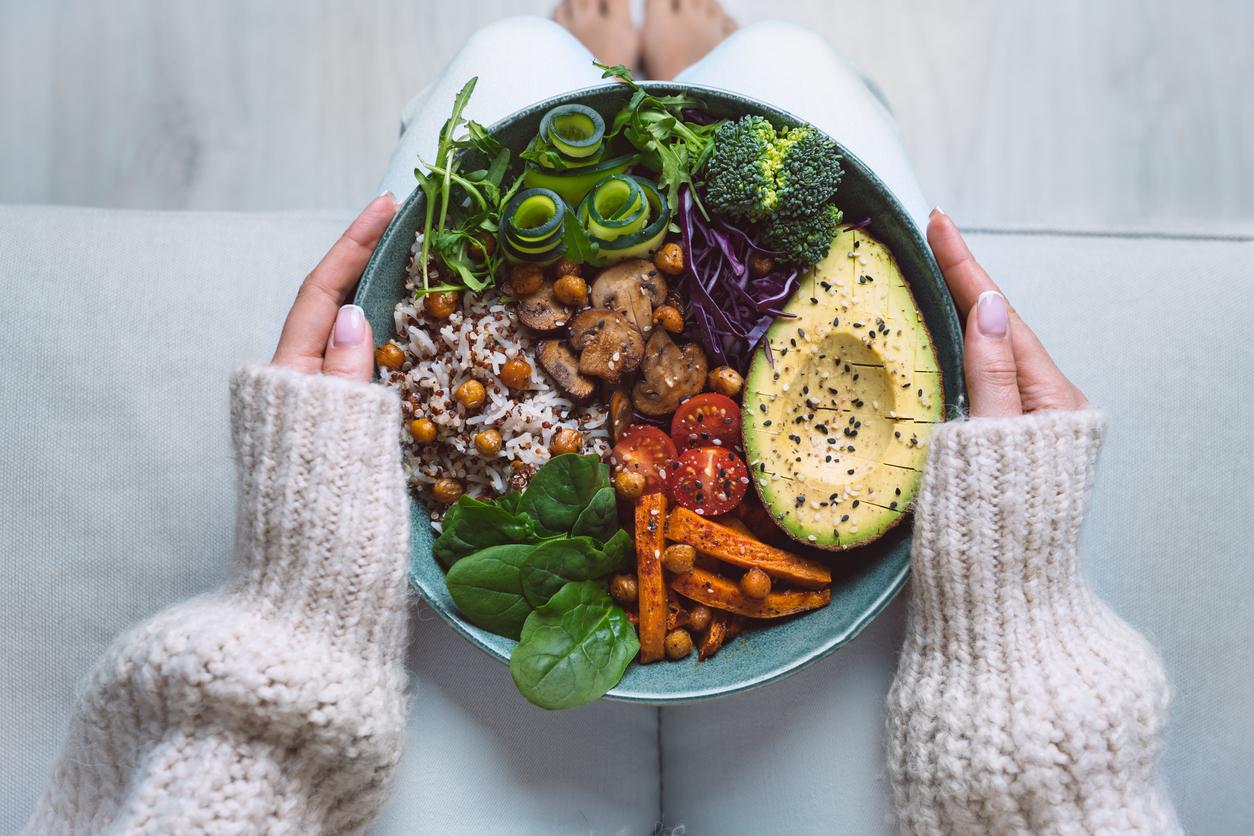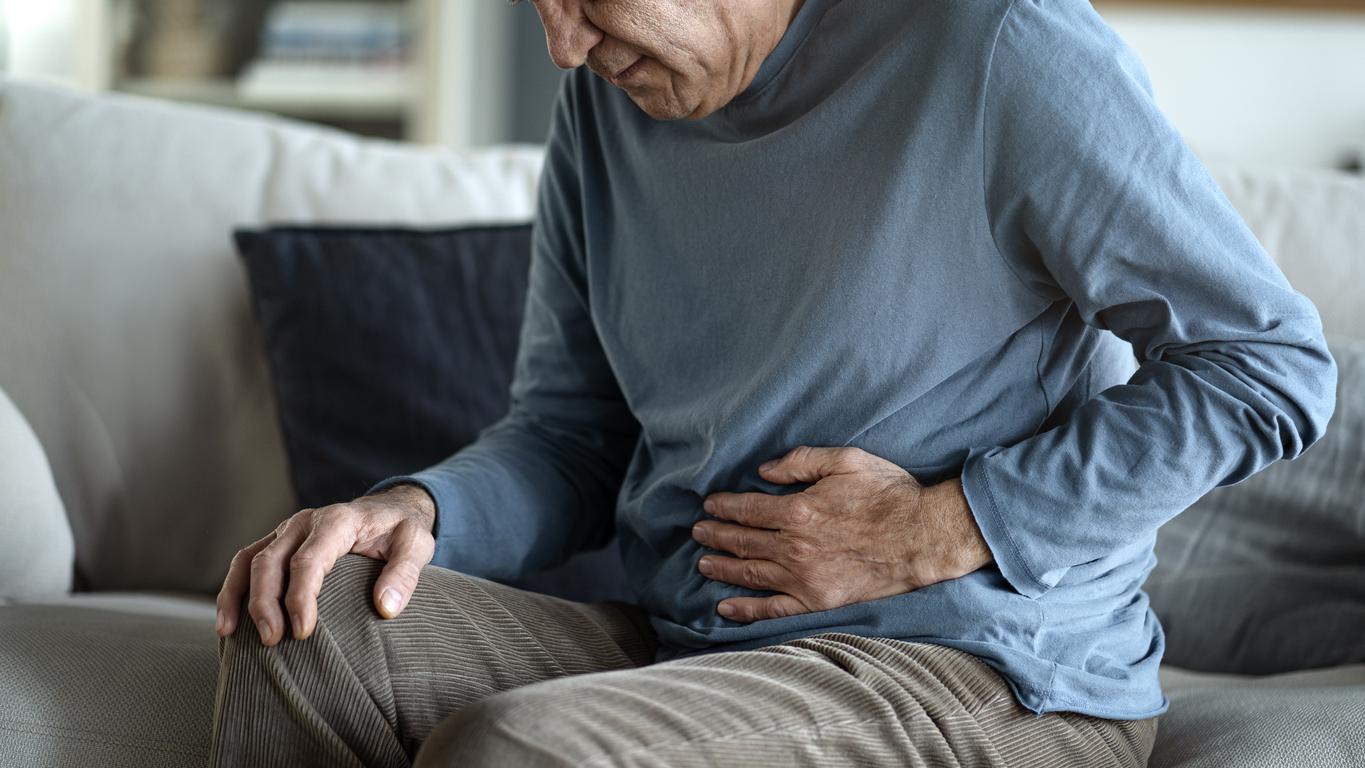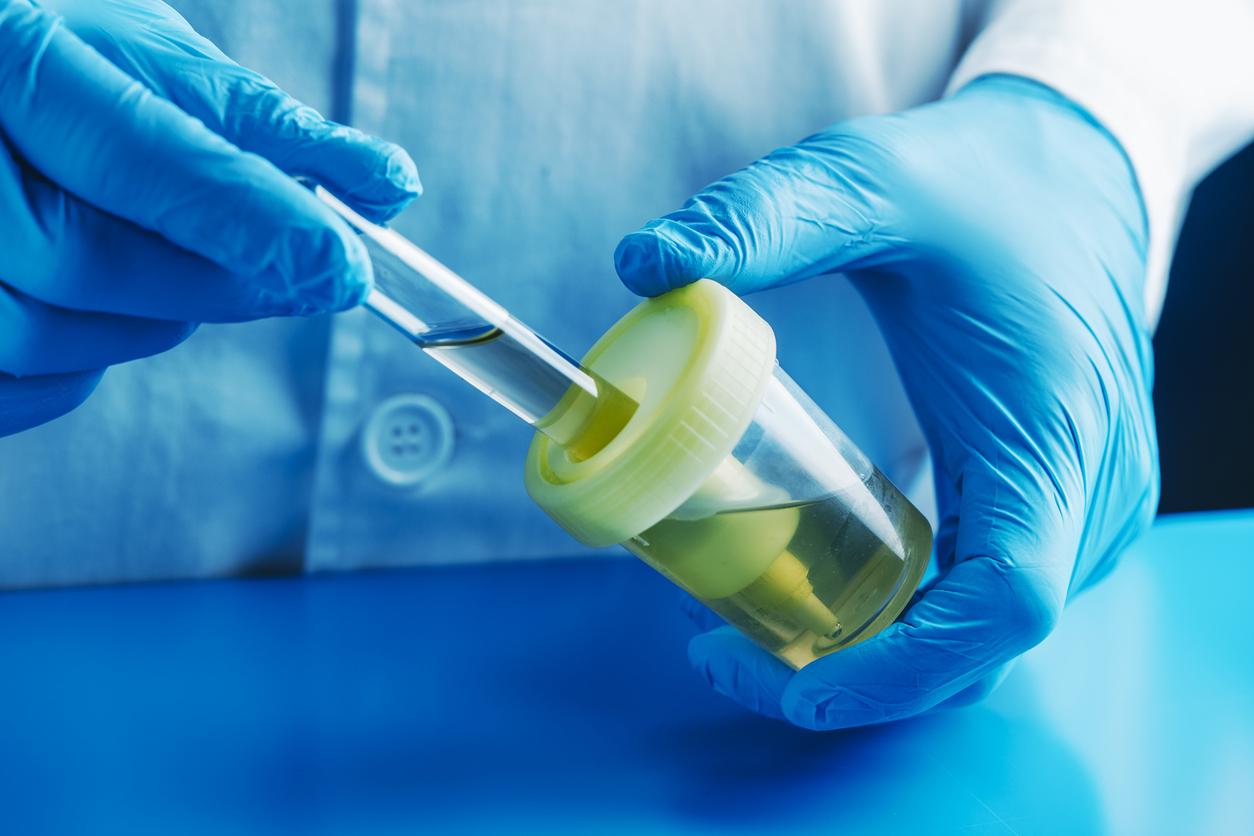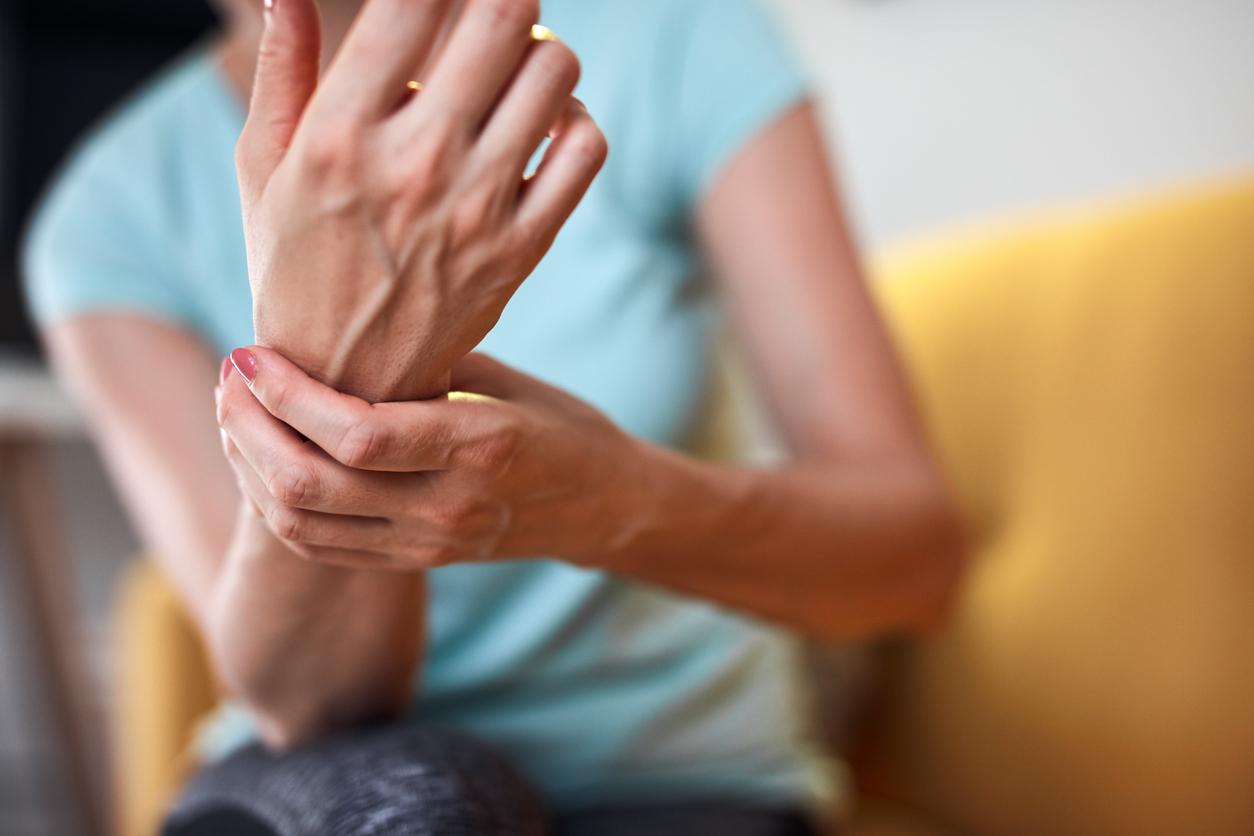
Urinary leakage: know what you eat
There is no diet that cures urine leakage. But what you eat or drink can aggravate or reduce the problem. Six foods that help with urine loss (and can be found in your kitchen).
Urinary leakage occurs in many women (and also in men). Women who have just given birth often suffer from it, but also women who are overweight or have constipation problems. Often the urine loss has to do with stretched or weakened muscles in the pelvic floor area. Diet, of course, does not stop the loss of urine. But you can take into account what you eat and drink and thus reduce the complaints.
1. Water, the rest comes later
You probably didn’t know it, but constipation can play a major role in urine leakage. Drinking enough – and especially water – ensures that your body is hydrated and prevents dehydration and thus intestinal disorders such as constipation. Too little fluid also makes the urine very concentrated, which leads to bladder irritation.
In addition, avoid coffee, tea and carbonated soft drinks, as caffeinated drinks can irritate the bladder. Bladder irritation in turn leads to chronic cystitis, urine leakage, incontinence and even difficulty urinating. So make sure you drink 1.5 liters of water every day.
2. Lots of oily fish
Many people consume too much omega-6 fatty acids. Omega 6 fatty acids are polyunsaturated fatty acids that are mainly found in vegetable fats and margarines. The best-known omega-6 fatty acid is linoleic acid. Omega-6 fatty acids reduce the risk of cardiovascular disease and are part of a healthy diet. Although omega-6 is basically healthy, this can turn into unhealthy if the correct ratio between omega-3 and omega-6 is disrupted. The fatty acid omega-3 helps omega-6 to do its job. If there are too many omega-6 fatty acids in your body, this can cause inflammation and thus worsen urine loss.
Omega 3 fatty acids are polyunsaturated fatty acids. The best known are alpha-linolenic acid (ALA) and the fish fatty acids eicosapentaenoic acid (EPA) and docosahexaenoic acid (DHA). ALA is an essential fatty acid. This means that the body cannot make it itself and you have to get this fatty acid through food. It is found in linseed oil, rapeseed oil, soybean oil, walnuts and vegetable margarines and – in small amounts – in meat and green leafy vegetables.
EPA and DHA are mainly found in fish and shellfish. The fatty fish such as mackerel, salmon, herring, sardines and trout are important sources. White (lean) fish also contains fish fatty acids, but less than the fatty fish species.
3. Eat bananas
Bananas contain a lot of magnesium, an indispensable mineral that ensures that your muscles function properly. But not only that, magnesium also ensures that your bladder is completely emptied during urination because it helps the bladder relax. Magnesium is also found in nuts, beans and potatoes.
4. To the avocados
When you eat fruits with a high citric acid content, such as lemons, grapefruit and oranges, your bladder control is weakened. Less acidic foods, such as avocado and peas, do not have that side effect and are also full of fiber. They prevent pelvic floor irritation.
5. Eat an egg
Women with high levels of vitamin D have a lower risk of having a weak pelvic floor, research has shown. The vitamin contributes to stronger and more flexible muscles, which you need to keep your bladder under control. Vitamin D is found in fatty fish, liver, whole milk and all non-skimmed dairy products, especially butter. Cod liver oil also contains a lot of vitamin D. But one egg yolk is one of the few foods that is truly chock full of vitamin D. One egg contains about 0.9 micrograms of vitamin D.
6. Take it easy with the alcohol
Alcohol has a direct effect on the bladder; it makes you have to go to the toilet more often. Another disadvantage of (too much) alcohol is that it has a negative influence on the signaling function of your brain. As a result, you have less control over your bladder and an accident is more likely to occur.

















